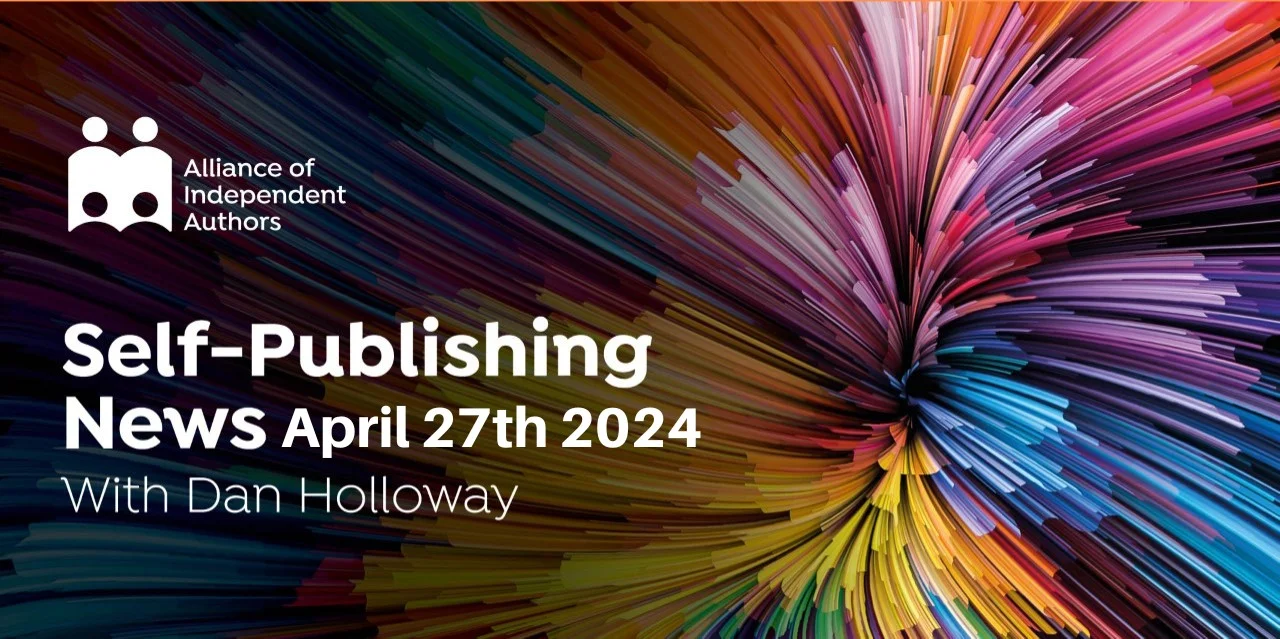
ALLi News Editor, Dan Holloway
Two interesting stories round out the week here with different takes on going your own way.
The Independent Book Publishers Association has just launched a fascinating outline of eight publishing pathways. You can download the full document here. It outlines key features of each of the models, enabling authors to decide which would work best for them (and includes a “not for authors who…” section for each, which is very handy.)
This is an interesting companion piece to Jane Friedman’s long-established and regularly updated guide to different publishing paths. In its latest iteration, she outlined six different models of publishing, likewise ranging from self-publishing to traditional publishing. That trad/indie is Friedman’s main distinction. She further distinguishes advance and non-advance in the traditional models.
The distinction between the two, as one might expect, lies in the emphasis. The IBPA, as a publishers’ organization, is much more granular about the different publishing models, contrasting those with author publishing and hybrid publishing as one-offs. Friedman’s granularity is among the indie models.
It’s not just publishers and authors who have to decide from a number of paths to follow. A fascinating piece in Publishers’ Weekly looks at the way bookstores are increasingly doing likewise. The piece outlines the growth of bookstores that have a real specialism. Some focus on LGBTQ authors, others on BIPOC authors, and others on different geographical literature. It’s part of an increasing move towards socially aware consumerism.
I must say as a person of a certain age, this doesn’t feel entirely new. I remember an anarchist bookshop as a student in Oxford. And of course, Gay’s the Word was a high profile highly focused store as long as I remember books.
But it very much fits with Seth Godin’s principle of focusing on and excelling in a niche. And, of course, with the more peer to peer breakdown of traditional seller-consumer relationships in the new Web3/selfpub3 world.




